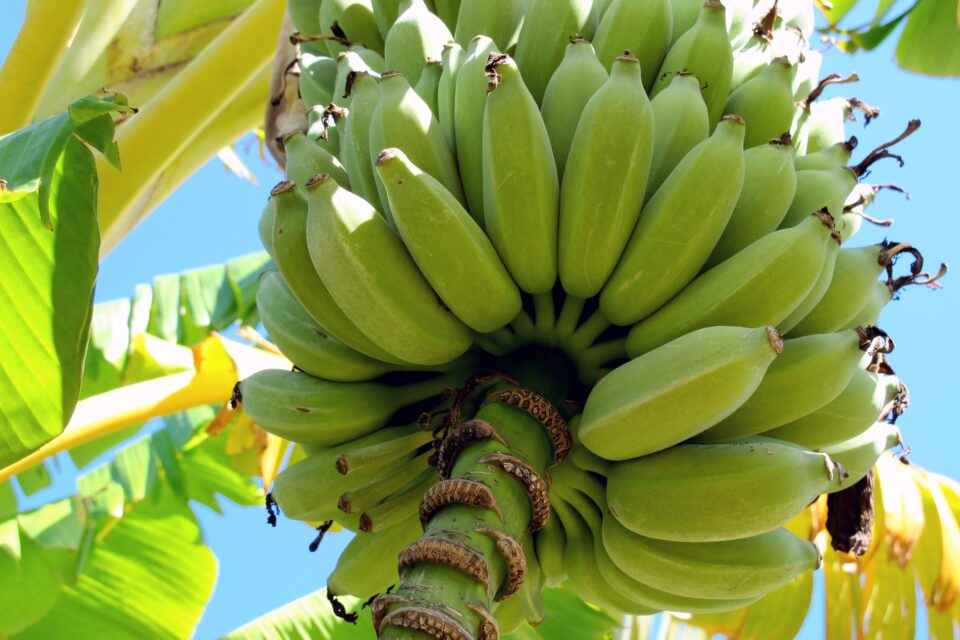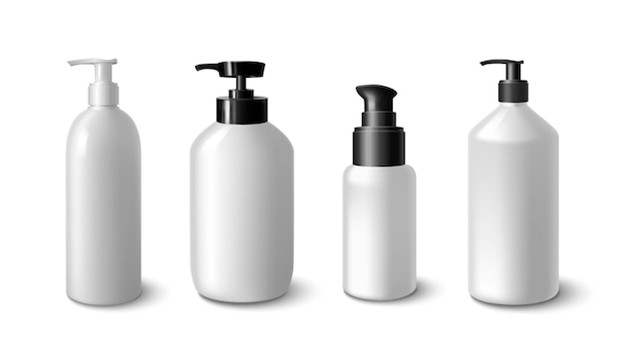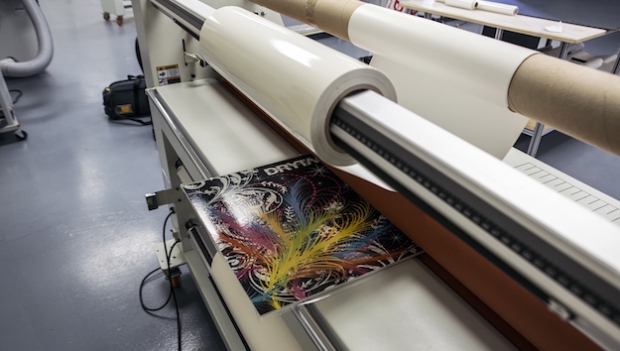
Why bananas?
Bananas are a common fixture on dinner tables around the world. However, there are millions of tons of peels that get discarded annually and go unnoticed.
Dr. Srinivas Janaswamy, the lead author of the study, posed a thought-provoking question: “Many of us consume at least one banana a day. After enjoying the delicious fruit, we discard the peel. What if we could find a use for the peel that helps eliminate plastic waste?”
Sustainable packaging
The banana peel usually ends up in the trash. This readily available “leftover” is ideal for creating sustainable packaging thanks to its unique composition.
“Every year, almost 36 million tons of banana peels are produced, most of which are disposed of as waste. The food processing industry discards a huge amount of banana peel in landfills while manufacturing chips, flour, juice, jam, baby food and other products made from bananas,” said Dr. Janaswamy.
“Finding a more practical use for banana peels is important for providing financial benefits to the agricultural industry and preventing environmental pollution.”
How the peels were used
Banana peels were given a new life in this study. First, dried peels were treated with chemicals to extract tiny cellulose fibers. These were then further broken down into even smaller “nanofibers” using a special blending technique.
To make the plastic like films, these nanofibers were mixed with a natural polymer and a stretchy additive. The mixture was spread into thin sheets and dried carefully to create films with consistent thickness and quality.
The researchers tested these films to measure their strength, flexibility, clarity, and ability to break down naturally.
Peel to plastic
The experts dug into the properties of these innovative films, including how thick they were and how well they blocked moisture. Thickness ranged from 0.057 to 0.090 millimeters. This indicated their potential as effective moisture barriers that could keep food fresh.
Strength and flexibility were also tested, important for films that need to handle bumps and bends. “The films of the banana peel fibers display tensile strength of more than 30 MPa, which certainly would be attractive for sack bags and related packaging applications,” explained Dr. Janaswamy.
Successful results
The big question: are these films eco-friendly? Biodegradability tests showed they could break down by over 50% in just three weeks in soil, a major improvement over traditional plastics.
Other factors like moisture content, transparency, and how much water the film could absorb were also examined. These are all important for packaging, especially for food where keeping things fresh and visible is key.
“The films are strong and transparent, and more importantly, biodegrade within 30 days at 21% soil moisture content. The finding opens up new possibilities for banana peel and other fruit processing byproducts in designing and developing plastic-replacing biodegradable packaging,” said Dr. Janaswamy.
Study implications and future directions
The technique in this research not only gets rid of waste but also avoids using traditional plastic, which takes forever to decompose and harms the environment.
Dr. Janaswamy’s team is still working on making their banana peel sheets even more flexible and figuring out how to produce them in large quantities for stores and companies to use.
“Our research involving green and recyclable chemicals is a promising economical and sustainable route to produce biodegradable films to replace petrochemical plastics and is thus an attractive contribution to the circular bioeconomy,” he said.
The goal is to see these eco-friendly wraps on shelves everywhere, replacing plastic and helping us live greener lives.
This research shows how science and caring for the planet can work together. By using everyday things in smart ways, we can find solutions to big problems like plastic waste.
And who knows, maybe one day, thanks to science and some humble banana peels, our packaging won’t just be useful, it will be good for the Earth too.






